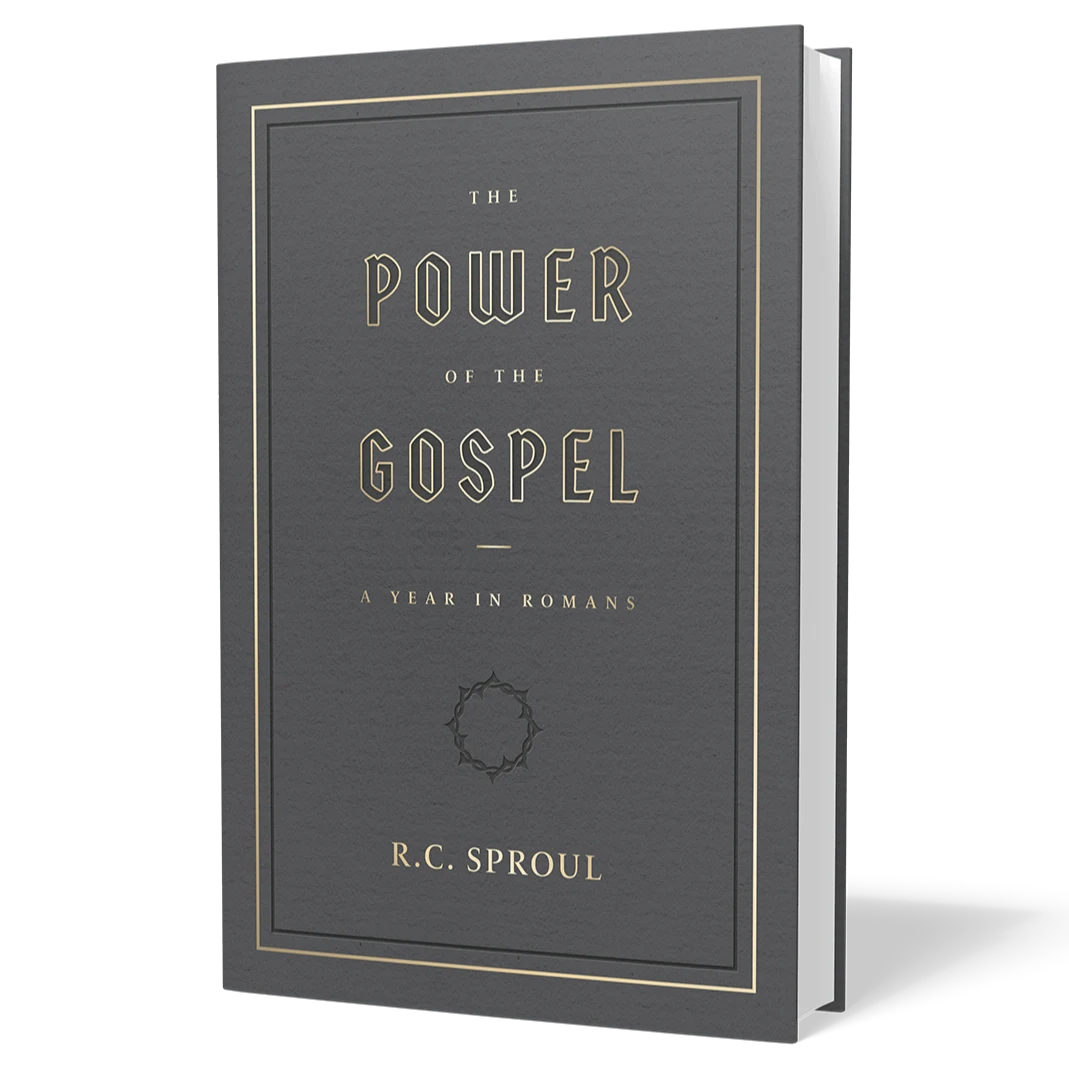The Great Schism of 1054

You had to see it to believe it. During the pope’s September 2010 visit to the United Kingdom, one protester’s sign stood out, far out, from the others. In large markered letters on the back of a pizza box, the theologically minded protester declared, “Drop the Filioque!”
Filioque: Why All the Fuss?
Assuming that protester was merely seeking to get noticed, the sign worked, landing him television coverage and a few interviews. But why did he oppose that phrase? And what does that phrase even mean?
The single Latin word on the sign means “and the son.” And this single Latin word holds the dubious honor of being one of the main factors responsible for the largest church split to date: the Great Schism in 1054 between the Roman Catholic Church in the West, with its seat of power in Rome, and the Orthodox Church in the East, with its seat of power in Constantinople. That’s a lot for a single word to bear.
Theologians in the West were drawn to filioque because it reflected their understanding of the Trinity. They believed the Holy Spirit proceeds from the Father and the Son. In AD 598, at the Council of Toledo, the Western church officially adopted the phrase and amended the Nicene Creed (from 325/381) accordingly. Since 598, the churches in the West have said the extra Latin word when reciting the creed. Christ’s teaching in John 16:7 offers biblical warrant for the phrase. Eastern churches, however, never appreciated that argument.
The Eastern churches, while affirming the Trinity as three persons in one substance, tend to emphasize the threeness of the Trinity, the individual persons. The West, again while affirming the orthodox definition of the Trinity, tends to emphasize the unity of the Godhead.
If we fast forward from the late 500s to the middle of the 1000s, we find that this ever-contentious phrase acutely came under the spotlight. And here’s where things get complicated, as politics (both in the empire and in the church), theology, and personalities all got jumbled together. The Western and Eastern churches were headed for a showdown.
Showdown at the Hagia Sophia
One can almost wonder how the church managed to stay together until 1054. As far back as the 300s, the Eastern and Western churches had distinct cultures and languages (Greek versus Latin), distinct liturgical or worship practices and emphases, distinct theological methods, distinct seats of power and autonomy (Constantinople versus Rome), distinct emperors, and distinct ecclesiastical leaders (the patriarch versus the pope).
These differences were pronounced and would easily flare up. Such was the case in 1054. In fact, what happened in 1054 may very well be seen as making explicit what had long been implicit.
Michael Cerularius, patriarch of Constantinople, had condemned the Western churches for the practice of using unleavened bread for the Eucharist. Leo IX, the Roman pontiff from 1049–1054, dispatched emissaries to iron out the differences. These efforts at diplomacy failed miserably. The more the two sides talked, the more they disagreed. Neither side flinched, causing Leo IX’s legates to enter the Hagia Sophia (the most important church in Constantinople and seat of the Eastern patriarch) and place a papal bull of excommunication on the high altar.
Cerularius countered by convening a council of bishops that condemned Pope Leo IX and his church, too. Among the reasons was the filioque clause. The Western church, he argued, had overstepped its bounds when it amended the Nicene Creed. The Eastern church had remained pure and true. The addition of filioque became a convenient hook upon which to hang all the contention and disagreement between the churches.
So on July 16, 1054, the “one, holy, catholic, and apostolic church,” as the Nicene Creed puts it, split. And then there were two.
After 1054
Attempts were made to heal the breach, but none succeeded. When the Western church launched the Crusades, all hopes for a reunion faded. During the Fourth Crusade, in the early years of the thirteenth century, European armies sacked Constantinople, apparently distracted from their mission of securing the Holy Land. One historian of the Crusades describes the three-day siege of the city as leaving in its wake “ghastly scenes of pillage and bloodshed.” The great and ancient city of Constantinople was reduced to rubble and left in shambles.
Historians and church leaders offer mixed reviews on life after the split. Some say the split left the Orthodox Church seemingly “frozen in time,” as it was isolated from cultural movements and events such as the Reformation and the Renaissance that so impacted the church in the West. The Eastern church clung white-knuckled to its traditions, while the Western church kept reinventing itself. To be sure, tradition runs deep in the Roman Catholic Church, but it runs far deeper in the Orthodox Church. Other observers lament the division, the large and ugly split. These folks wonder whether Christ’s prayer for the church to be one, from John 17, will ever be realized in light of our penchant to divide.
There is a unity to the one, true church, and that unity comes only as a result of the gospel.
However the Great Schism is interpreted, it took centuries for the wounds to heal. It also took the new winds of the ecumenical spirit of the twentieth century. On the heels of Vatican II , a council of the Roman Catholic Church held from 1962 to 1965, the two churches revoked their mutual excommunications and celebrated Mass together. After 911 years, the two churches reunited.
But the reunion was more show than substance, resulting in little more than popes and patriarchs performing Masses at each other’s altars from time to time. Old wounds sometimes never heal. One fairly recent Roman Catholic source on the schism speaks of Constantinople’s prominence as “unwarrantable” and “uncanonical,” chalking the city’s rise to an accident of history. These two churches have been separate since the fourth century and continue to be so to the present day in practice if not in fact.
Lessons Learned
One of the lessons learned from the schism concerns power, politics, and control—and how not a single one of those are good for the church. One of the papal legates meeting with Cerularius informed the patriarch that “Peter and his successors [the popes at Rome] have an unfettered jurisdiction over the whole church,” adding, “No one ought to interfere with their position, because the highest See is judged by none.” The saying that “power corrupts and absolute power corrupts absolutely” certainly applies here.
The church at Rome in the eleventh century was driven by power and seduced by all the trappings that come with it. From Leo IX in the middle of the 1000s, the papacy continued its decline, reaching a low point with Leo X, the pope who witnessed another schism as Martin Luther led the Protestant Reformation. Luther spoke the truth boldly, preferring the Word of God to papal authority.
A second lesson concerns what may be called the iceberg phenomenon. When it comes to icebergs, the tip is not the problem. Instead, it’s what lies beneath that should be of concern. To use a counseling phrase, the “presenting problem” tends not to be the real problem.
Such is the case with the word on the protester’s pizza box. Filioque was the presenting problem, the tip of the iceberg. What lay beneath the surface, the mass that was hidden from sight, was the real problem.
Those involved in a local church or a denominational split can likely bear witness to the fact that “the iceberg phenomenon” is not unique to the Great Schism of 1054. Those involved in such tragic situations and wishing to bring about some resolution or some healing should pay attention to what lies beneath, not merely to what appears on the surface.
Another lesson concerns what may be learned from the church in the East. Though Protestants, like Roman Catholics, have many points of disagreement with the Orthodox Church, that does not mean that we cannot learn anything from it. One of those things may very well concern theological methodology.
Orthodox theology emphasizes mystery and beauty, two things at which we Westerners do not always excel. We like to have things figured out, resolved. We’re not always content to leave something unresolved in mystery. Yet, when dealing with theology, at the center of which is God Himself, we certainly bump into mystery. Furthermore, we in the West, especially Americans, tend to gravitate toward utility and practicality over beauty and aesthetics. But we don’t have to have icons in our churches (in fact, a good case can be made that we should not) to appreciate beauty in worship.
The final lesson from the Great Schism of 1054 concerns the space between the ideal and the real. Jesus prayed for the church on earth to be one (John 17), and those who recite the Nicene Creed affirm a commitment to “the one, holy, catholic, and apostolic church.” Such unity, however, often seems to escape us in practice. Churches and denominations split. As a divorce leaves a family in upheaval, so a church split leaves those affected in upheaval. And as was the case with the split in 1054, deep wounds heal slowly.
Even in the throes of splits, however, we need to remember that there is a unity to the one, true church, and that unity comes only as a result of the gospel. Unity does not come by assertions of “unfettered jurisdiction” by popes or patriarchs. Unity comes only by the common union—the sanctorum communio—the saints have with one another by, through, and because of the unfettered jurisdiction of Jesus Christ over His church. We are one body because He is our one Lord (Eph. 4:1–6).


